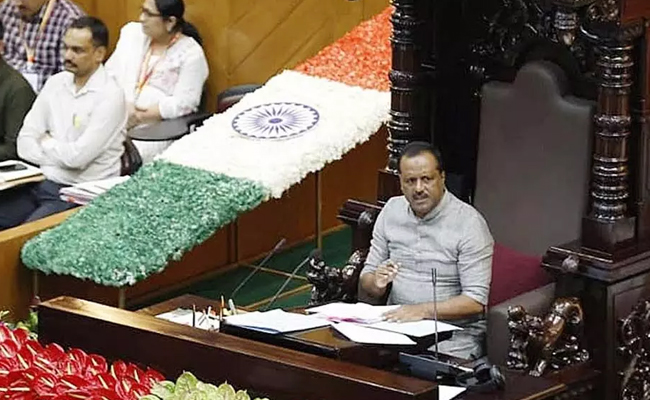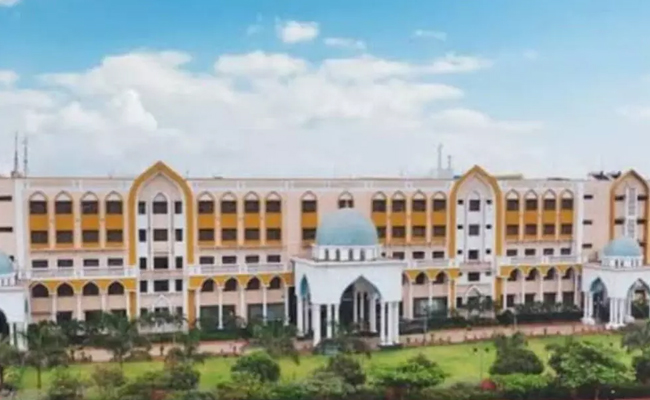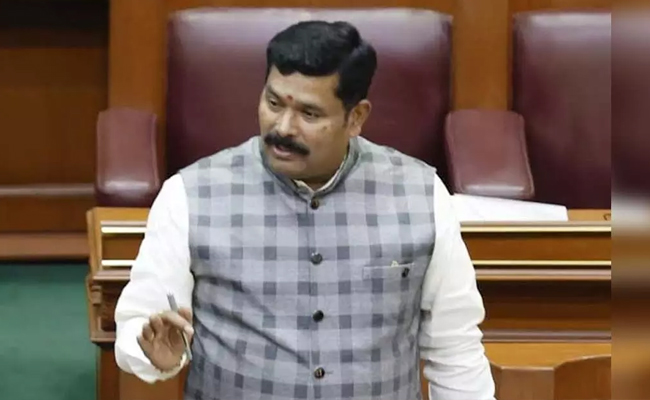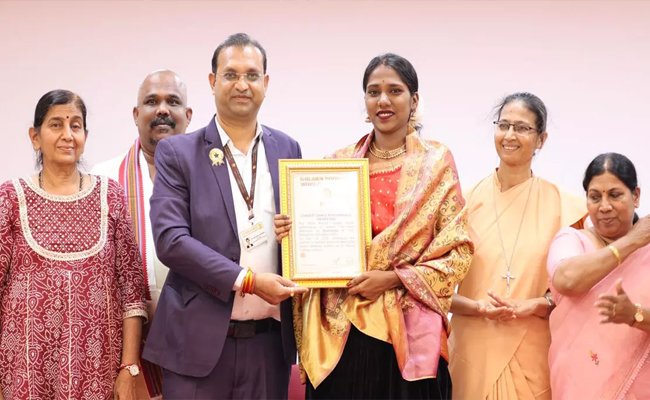Bengaluru (PTI): Karnataka recorded a voter turnout of 72.67 per cent in the Assembly elections, which is slightly above the previous polls in 2018.
Several pollsters have predicted that the Congress may have an edge in Karnataka, which is BJP's southern citadel, in a hung assembly with a couple of them even projecting that the grand old party may get a majority on its own.
According to an Election Commission release late last night, the voter turnout stood at 72.67 per cent, excluding the postal ballots and home voting.
Chikkaballapur district registered the highest voter turnout at 85.83 percent followed by Ramanagaram at 84.98 per cent, it said.
Counting of votes for the 224-member Assembly for which elections were held on Wednesday, will be taken up on May 13.
"Largely peaceful voting in all 224 Assembly constituencies in Karnataka, and no repoll indicated in any of the 58,545 polling stations," the Election Commission(EC) said on Wednesday.
Karnataka recorded 72.44 per cent voter turnout in the 2018 Assembly polls which had thrown up a hung assembly with the BJP emerging as the single largest party with 104 seats, falling slightly short of getting a majority.
While the BJP, riding on the Modi juggernaut, is looking to break a 38-year-old poll jinx where the state has never voted the incumbent party to power, the Congress is hoping for a morale booster victory to give it a much-needed elbow room and momentum to position itself as the main opposition player in the 2024 Lok Sabha elections.
It also remains to be seen whether former Prime Minister H D Deve Gowda-led Janata Dal (Secular) will emerge as a "kingmaker" or a "king" by holding the key to government formation, in the event of a hung verdict, as it has done in the past. The Aam Aadmi Party(AAP), which is in power in Punjab and Delhi, has also fielded candidates.
To draw people to exercise their voting rights, the EC had taken many initiatives such as theme based and ethnic polling booths, and pink booths exclusively operated by women.
Theme-based and ethnic polling booths -- 737 in all across the State -- added a lot of colour to the exercise.
The battle-ready BJP with its well-oiled election machine ran its campaign with a blitzkrieg by Prime Minister Modi.
The Congress manifesto proposing to ban the Bajrang Dal heated up the later half of the campaign as the BJP and Prime Minister Modi aggressively latched on to the issue to portray the grand old party as being against Lord Hanuman and the sentiments of Hindus.
Barbs like 'venomous snake', 'Vishakanya' and 'Nalayak beta' vitiated the poll campaign as some leaders used intemperate and abusive language.
While Congress president Mallikarjun Kharge, who hails from Karnataka, likened Modi to a 'venomous snake' and his son and Congress candidate Priyank Kharge called the prime minister a "nalayak beta", BJP MLA Basanagouda Patil Yatnal described former Congress president and MP Sonia Gandhi as a 'Vishakanya' (venomous woman).
Let the Truth be known. If you read VB and like VB, please be a VB Supporter and Help us deliver the Truth to one and all.
Belagavi: Speaker U.T. Khader on Friday warned that members who disrupt Assembly proceedings by talking in their seats during debates will be made to sit in the House for an entire day as a disciplinary measure.
The warning came after the Question Hour, when Deputy Leader of the Opposition Arvind Bellad was permitted to initiate a discussion on the development of North Karnataka.
At this point, expelled BJP MLA Basanagouda Patil Yatnal objected, stating that he had been seeking a debate for the past three days but had not been given an opportunity.
ALSO READ: IndiGo board ropes in external aviation expert for flight disruption probe
Responding to the objection, Speaker Khader said Bellad had already been granted permission and assured Yatnal that he would be allowed to speak at the next opportunity. He noted that even as a serious discussion was underway, several MLAs were speaking among themselves with their microphones on, disrupting the proceedings.
Expressing displeasure over the conduct of members, Khader likened the situation to football, where players receive red, yellow, or white cards for violations. Similarly, he said, the Assembly issues warning cards to members who disturb the House. If they fail to correct themselves despite repeated warnings, they would be required to remain seated in the Assembly hall for a full day as punishment, he stated.





